Fast Fashion Explained
Those 2-for-$20 tops at your local mall? That $3 top you scored online? All fast fashion. And while it may seem great to be able to fill your wardrobe with garments so cheaply, unfortunately, someone else is paying the price. That’s because fast fashion is built on a system of unfairly treated workers, unsustainable fabrics, a murky supply chain and non-stop marketing persuading you to buy more.
So What is Fast Fashion Anyway?
Fast Fashion is when a brand floods the market with a near continuous stream of massive quantities of cheap but trendy, low quality products that don’t last, so have to be replaced more frequently.

Before the arrival of fast-fashion, fashion used to have two seasons a year, resulting in just two batches of garments being produced over twelve months. Fast fashion now has around fifty two “seasons” each year. A single brand can produce four hundred different styles dropping in stores every week.

That’s a lot of production and a huge and harmful impact on the planet and us. So how do we measure that impact? And what is the true cost of fast fashion on our planet?
Human Exploitation
By definition, a living wage should be earned in a standard working week of not more than forty eight hours by a worker, and be enough to afford a decent standard of living for the worker and their family. While living standards vary between countries, a living wage covers the cost of food, housing, healthcare, clothing, education, transportation, energy, water and small savings for unexpected events. Unfortunately, many countries do not have legal requirements to pay a living wage, and if they do, in many cases there is very little interest in enforcing them. The result is that garment workers are frequently exploited by working in sub-standard conditions with very little pay that does not come close to a living wage. In effect, those workers are sacrificing their safety and pay so the garments are priced more cheaply than they actually cost.
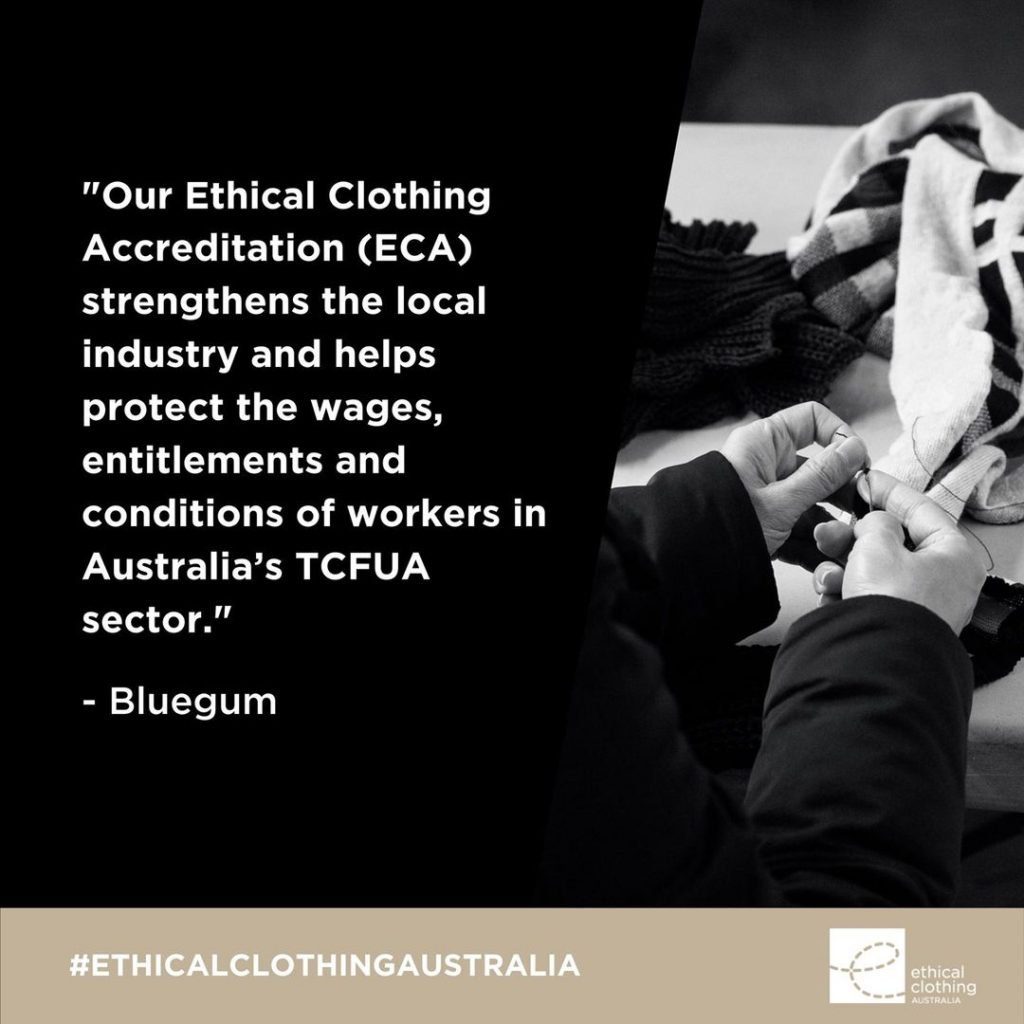
According to Oxfam’s ‘What She Makes’ campaign, Bangladeshi garment workers were paid less than forty cents an hour (around $3.60 AUD a day) in 2018. That’s way less than the correct living wage. Yet it would only cost fast fashion brands less than one per cent of the price of the garment to pay their workers correctly. Meanwhile, owners and CEO’s of fast fashion brands can earn a garment worker’s lifetime pay in just four days.
Murky Supply Chains
A supply chain tracks where and how a garment is produced, from start to finish. It includes everything from the plants grown for the fabric through to to the network that is used to distribute the finished product.
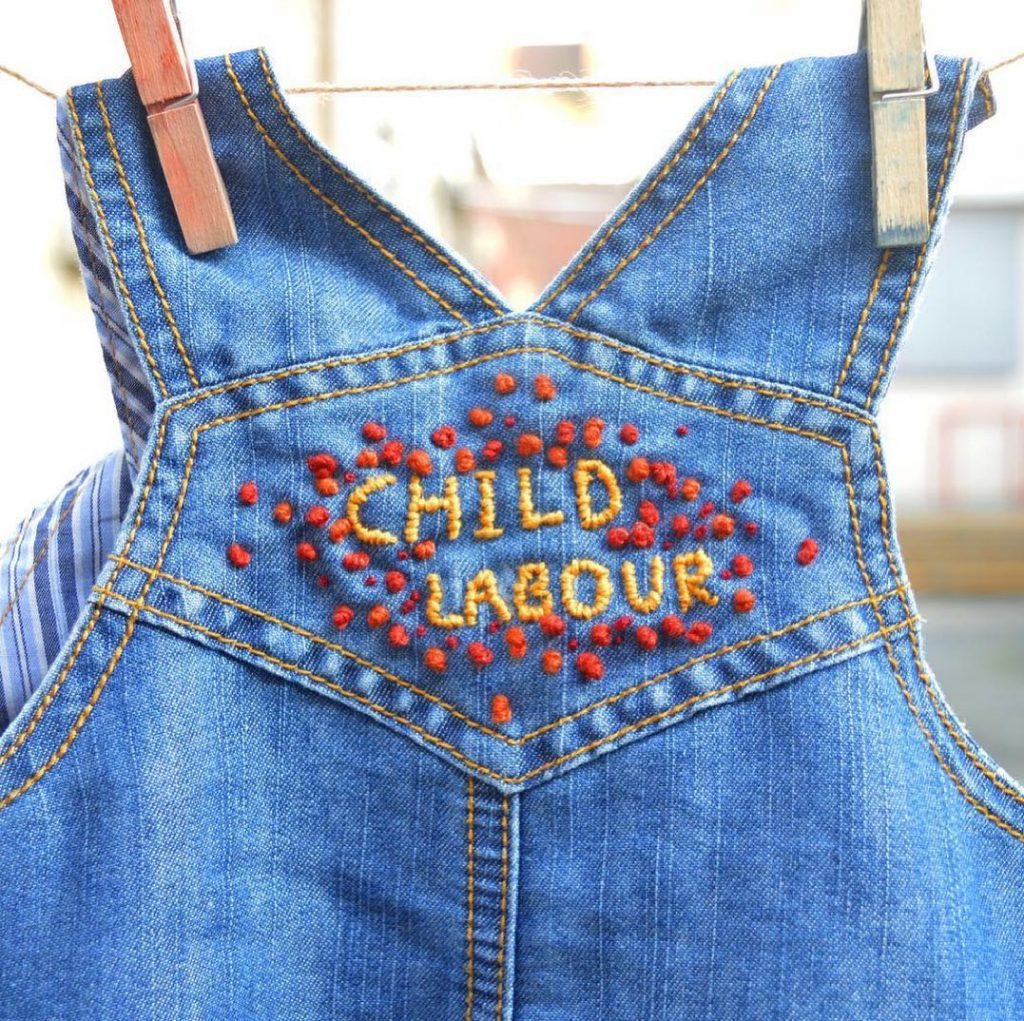
The clothing, textiles, and footwear industry has been estimated to employ over sixty million people worldwide. As brands race to find the cheapest place to manufacture, they lose track, not always accidentally, of their own supply chains. The push for cheaper garments means a factory may begin to feel increasing pressure from a brand to make their garments more and more cheaply. In search of more money, the factory may take on more work than they can handle. They then sub-contract these jobs onto another factory or homeworkers without the brand ever knowing (or wanting to know.)
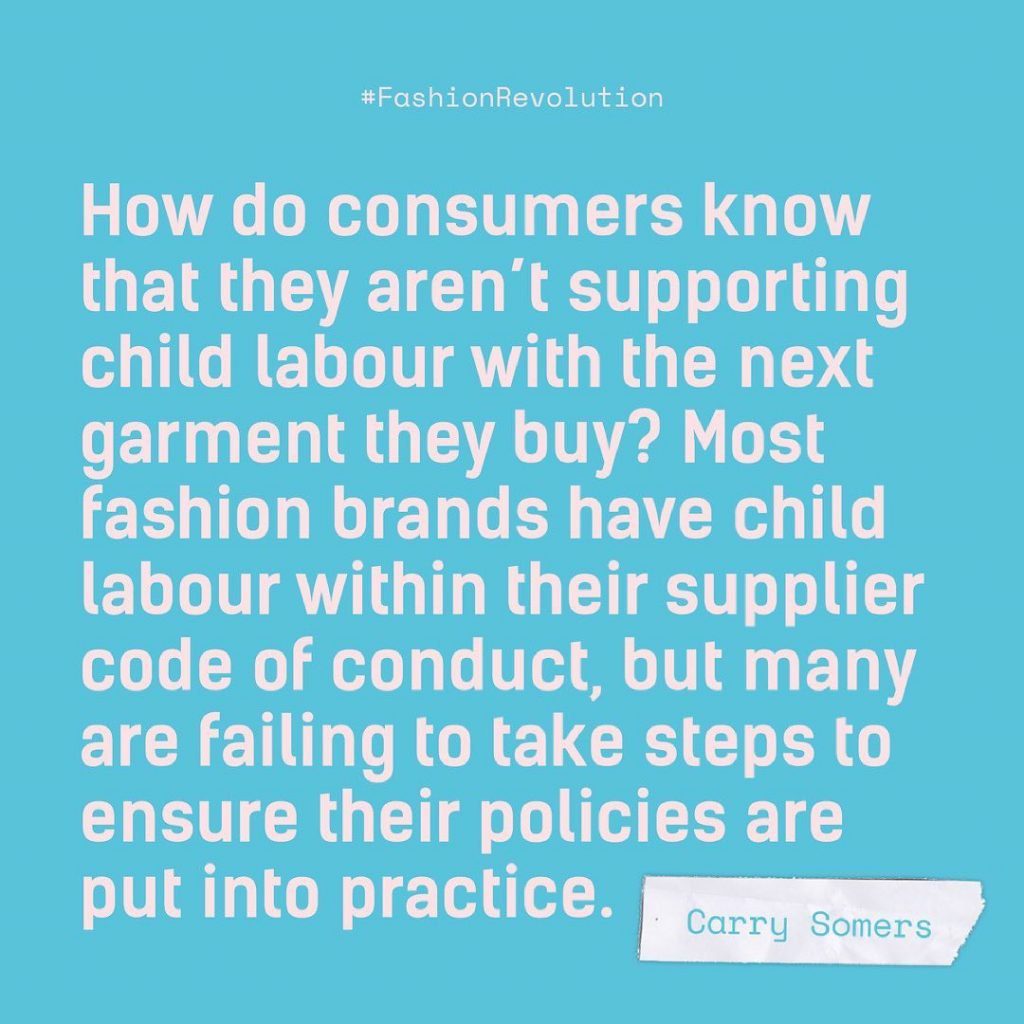
This has resulted in child labour being used in the production of these cheap fast fashion garments. Many brands could not explain how their labels ended up in the Rana Plaza factory collapse, as they claimed they didn’t know their garments were being made there.
Having a transparent supply chain helps ensure there is no exploitation happening.
Environmental Impact
Our passion for pretty colours can actually turn rivers red. Factories can produce a lot of pollution from the water-intensive process that is used to create our clothing. Often this can leak out into the surrounding water systems where rivers are the only source of drinking water for residents. Cotton production has also caused the world’s largest inland lake, the Aral sea, to shrink to only 15% of its original size.
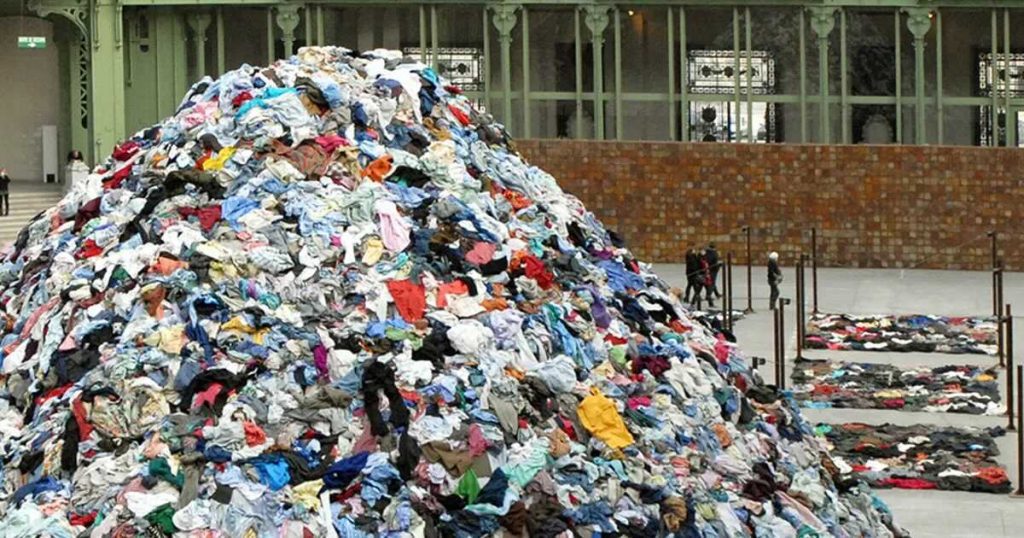
At the other end of the spectrum, we see 6,000 kilograms of clothing going to landfill every 10 minutes and global brands like Burberry burning their unsold stock. Both of these have disastrous effects on our planet and climate change. Combine this with the tiny microfibres from our plastic clothing flooding our seas and the gigantic amount of carbon emissions from shipping our clothing around the globe and we have a huge problem.
Overconsumption
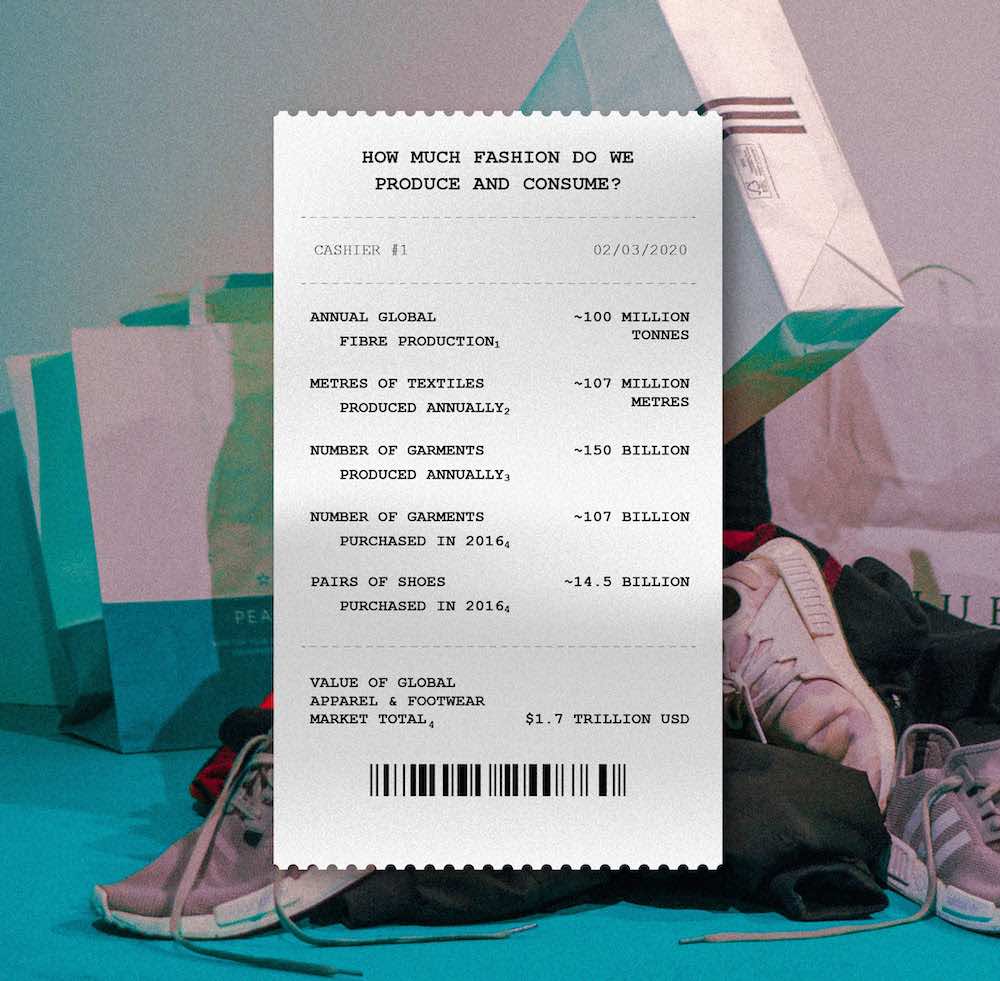
Marketing by fast fashion companies like Boohoo, Pretty Little Liars and H&M convince us that we MUST have things NOW. Together with the decreasing cost of garments, escalating fashion trends and cheap Youtuber hauls, massive demand for cheap fast fashion is putting a huge strain on the planet. Instead of mending these cheap garments or recycling them, they are usually thrown away, frequently. The amount going to landfill is astronomical. Some countries, like Japan, are running out of room to bury their waste.
Turns out, all things considered, cheap fast fashion is actually a massive expense that should be avoided at all costs!
_______________
Check out our post on How to Do Your Part Against Fast Fashion.
